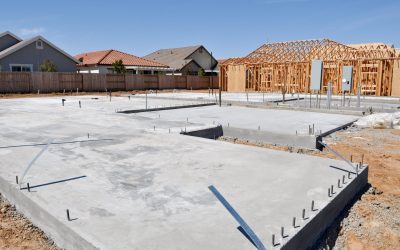Septic Tank Installation projects provide a home owner or commercial real estate business owner with on-site wastewater management. Often needed when there is no access to a public municipal wastewater plant, septic tanks are an environmentally friendly and energy saving choice. The tank is the major component of a small sewer system. A main sewage line pipe is required to have wastewater treated by a local city. Those who have their own personal wastewater management system don’t have sewer utility bills. There is generally no difference in how water should be used for public and septic system sewage. As with all types of plumbing, heavy oils should not be sent down drains. Never flush paper towels or anything else that is not meant to travel through toilets. Laundry cycles should be limited to four or five in a day’s time.
Before Septic Tank Installation can begin, a land surveyor inspects the landscape to make sure there are no safety hazards on-site. They find the best location for the tank to be installed, so there is no risk for contamination of soil or the tank receiving damage underground. Septic tanks come in a variety of sizes. The right match for size depends on the size of the home, family size, and how frequently water is used. A septic system installation technician will inform their customers on proper care and maintenance of their system.
Septic system maintenance is simple and straightforward. Professional pump service is required every few years to extract sludge from the bottom of tanks. Parts are examined to make sure they are in good condition. Parts are replaced as needed. Aerobic treatment systems utilize the process of breaking down solids most effectually. A second effluent is produced in aerobic systems. The effluent is disinfected and adapted for irrigation. The standard anaerobic treatment limits the options owners have for placing leach fields. Because of the sterility of effluent, there is more coverage area that is safe for leach fields to go. In addition, aerobic systems can occupy a smaller space, making labor costs for installation technicians lower and additional vacant land space.



